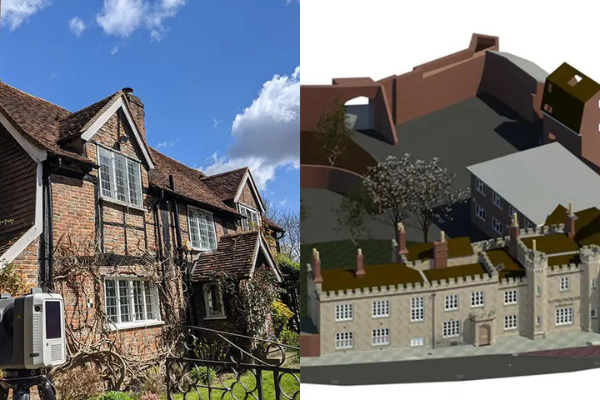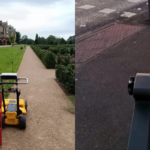
Many industries require a comprehensive assessment of a building’s structure. A measured building survey does just this. It provides a precise and detailed representation of a building’s structure, layout, and features. It forms an essential part of many architectural, construction, and renovation projects, providing accurate data for informed decision-making. The versatility of these surveys makes them invaluable across various industries and applications. Here, we have highlighted the overview of their many applications.
Applications of measured building survey across industries
- Architectural design and renovation:
For architects, this survey serves as the foundation for designing alterations, extensions, or refurbishments. It captures detailed floor plans, elevations, and cross-sections, ensuring that the proposed designs align with the building’s existing structure. Whether modernising an outdated space or converting a historical property, accurate survey data minimises errors and streamlines the design process.
- Building maintenance and management:
Property owners and facilities managers use these surveys to create detailed records of their assets. These records are invaluable for planning maintenance schedules, identifying structural issues, and ensuring compliance with safety standards. Surveys can also aid in space utilisation, helping businesses optimise layouts for efficiency.
- Planning and regulatory compliance:
Local authorities often require precise plans for planning permissions or compliance with building regulations. These surveys provide the necessary documentation, including information about boundary lines, structural dimensions, and access points. For historic or listed buildings, surveys help assess the impact of proposed changes while preserving architectural integrity.
- Real estate and property transactions:
In the real estate industry, these surveys are crucial for determining accurate property values. They provide potential buyers and investors with reliable data about a building’s size, layout, and condition. This transparency reduces disputes and builds confidence in property transactions.
- Heritage and conservation projects:
For historical preservation, these surveys capture intricate details of heritage structures. Advanced techniques like laser scanning and 3D modelling allow for the documentation of unique architectural features, aiding in restoration and ensuring compliance with conservation guidelines.
- Construction and project management:
During construction, surveys serve as a reference point for contractors and project managers. They ensure that new developments align with existing structures, reducing the risk of costly mistakes. These surveys also support progress tracking and quality assurance throughout the project lifecycle.
The versatility of measured building surveys lies in their ability to provide precise, reliable data for diverse applications. From architectural design to heritage conservation, they are an indispensable tool for ensuring accuracy, efficiency, and success in projects of all sizes. If you need this type of survey for your project, get in touch with Amethyst Surveys Ltd. Our expert team excels at conducting this survey for diverse types of projects. Get in touch with us today.
Last modified: 25 December 2024








